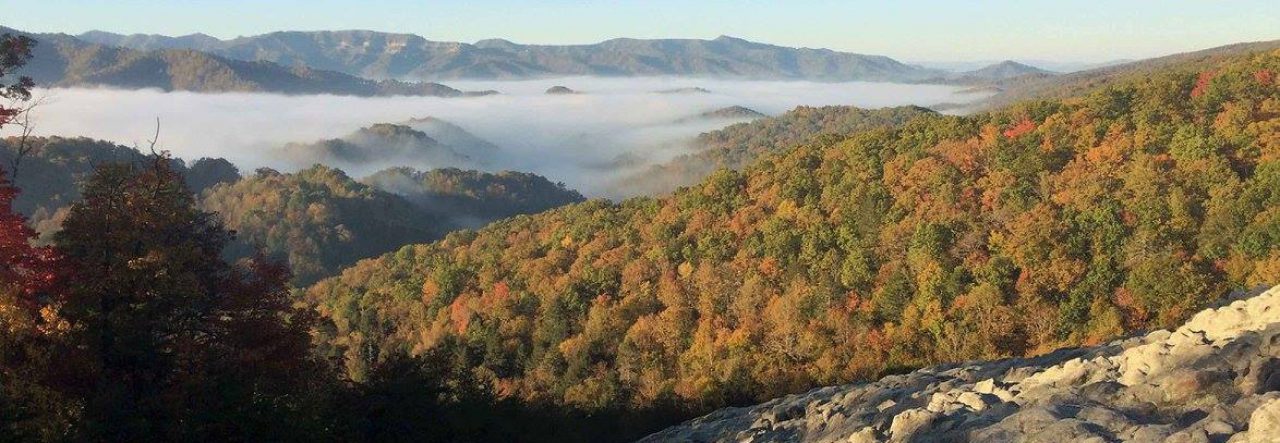Protect vulnerable pipes
With winter come frigid temperatures and wind chills that can wreak havoc on water pipes. The Kentucky Division of Water reminds citizens to protect the water systems in their homes and businesses from freezing.
When water freezes, it expands. When water freezes in a pipe and expands enough, the pipe bursts, water escapes and serious damage results.
Pipes in attics, crawl spaces and outside walls are all vulnerable to freezing, especially if there are cracks or openings that allow cold outside air to flow across the pipes.
How to prevent pipes from freezing
• Wrap hot and cold water pipes in insulation or layers of newspaper, covering the newspapers with plastic to keep out moisture.
• Place a lamp with a 60-watt bulb in the potential problem area to warm the walls and pipes. Make sure there are no combustible materials near the bulb.
• If the crawl access is inside the home, set a fan in the opening to blow warm air from the home to the foundation. Do not use a fan when the access is in an unheated garage or outside the home.
• Allow a trickle of water to run from a cold faucet that is farthest from the water meter or one that has frozen in the past. This will keep the water moving
so that it cannot freeze and will help relieve pressure should ice form in the pipes.
• Open kitchen and bathroom cabinet doors to allow warm air to circulate around the pipes.
• Have the home’s exterior walls insulated. Caulk and seal around doors, windows, house faucets and outside outlets.
How to thaw pipes safely
If pipes do freeze, first remove the insulation andcompletely open all the faucets. Pour hot water over the pipes or wrap them with towels soaked in hot water, starting where they are most exposed to the cold.
PRECAUTIONS
If there is no standing water, you may use a handheld hair dryer or electric heating pad. Apply heat until full water pressure is restored.
Do not use a blowtorch, kerosene or propane heater, charcoal stove or other open flame device to thaw a pipe. A blowtorch can make water in a frozen pipe boil and cause the pipe to explode. All open flames in homes present a serious fire danger, as well as a severe risk of exposure to lethal carbon monoxide.
Call a licensed plumber if you are unable to locate or reach the frozen area or need help thawing pipes.
Tips for extended absences
When away from the house for an extended period of time, consider draining the water system completely. To drain the system, shut off the main valve and turn on every water fixture (both hot and cold lines) until water stops running. When returning to the house, turn on the main valve and let each fixture
run until the pipes are full again.
If possible, leave the furnace on and the thermostat
set near 50 degrees. This will protect your home and
belongings from harsh winter temperatures.
Learn how to turn off the water
Teach adults and older children where the main water
shutoff is located and how to shut the water off.
Being able to do this in the event of a water lean can
greatly reduce the damage to your home.
Like this:
Like Loading...
